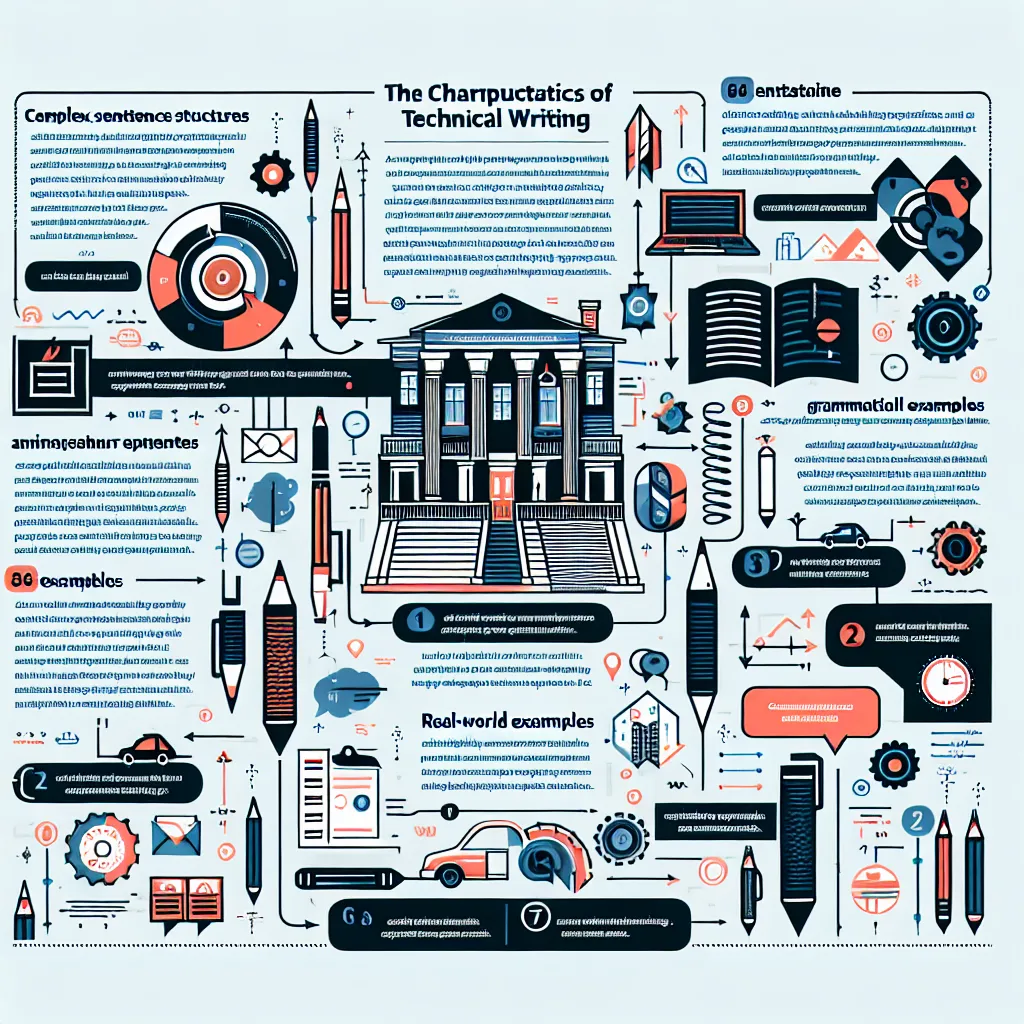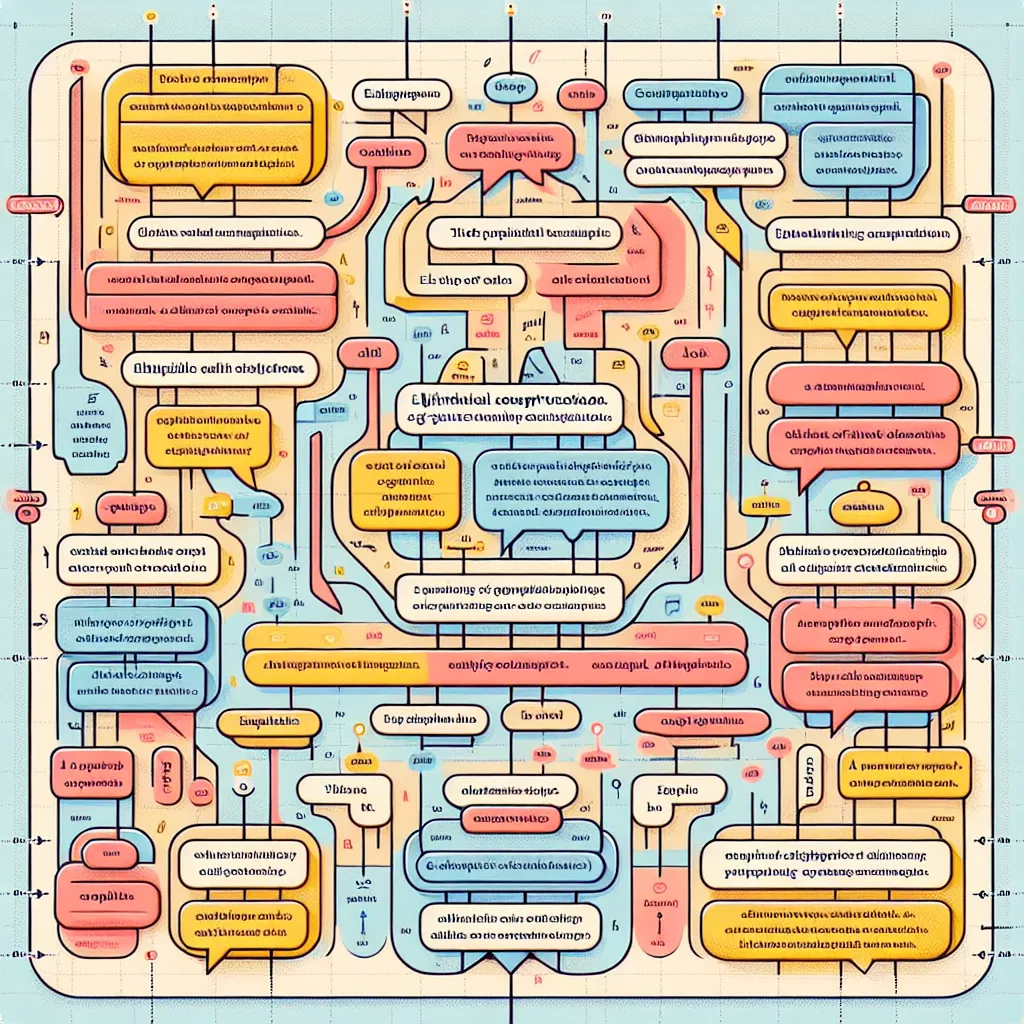Technical documentation requires a high level of precision and clarity. Using advanced grammar effectively can significantly enhance the quality and readability of your technical writing. This guide will explore the best practices for incorporating sophisticated grammatical structures in your technical documents, ensuring they are both accurate and accessible.
Understanding the Importance of Advanced Grammar in Technical Writing
Advanced grammar in technical documentation goes beyond basic sentence construction. It involves using complex structures to convey detailed information concisely and unambiguously. This skill is crucial for several reasons:
- Precision: Technical documents often describe complex processes or systems. Advanced grammar allows for more nuanced explanations.
- Clarity: Well-constructed sentences can convey complex ideas more clearly than simple ones.
- Professionalism: Sophisticated grammar usage demonstrates expertise and attention to detail.
 Advanced Grammar in Technical Writing
Advanced Grammar in Technical Writing
Key Advanced Grammar Techniques for Technical Documentation
1. Mastering Complex Sentence Structures
Technical writing often requires explaining cause-and-effect relationships or conditional scenarios. Using complex sentences can effectively convey these ideas:
- Conditional Sentences: “If the system detects an anomaly, it will automatically initiate the backup protocol.”
- Relative Clauses: “The algorithm, which uses machine learning techniques, can predict user behavior with 95% accuracy.”
2. Utilizing Active and Passive Voice Strategically
While active voice is generally preferred for clarity, passive voice has its place in technical writing:
- Active Voice: “The engineer installs the software.” (Use for direct instructions)
- Passive Voice: “The data is processed by the algorithm.” (Use when the focus is on the action rather than the actor)
3. Incorporating Parallelism
Parallelism improves readability and emphasizes related ideas:
- “The software can analyze data, generate reports, and predict trends.”
4. Employing Precise Modifiers
Adjectives and adverbs should be used judiciously to provide specific, necessary information:
- “The rapidly evolving algorithm adapts to new data inputs in real-time.”
5. Using Specialized Terminology Correctly
Technical terms should be used consistently and defined when first introduced:
- “The system utilizes a graphical user interface (GUI) for ease of operation. This GUI allows users to…”
Practical Examples of Advanced Grammar in Technical Documentation
Let’s examine a paragraph from a hypothetical technical document:
“The newly developed quantum encryption algorithm, which leverages the principles of superposition and entanglement, provides an unprecedented level of security. When implemented correctly, it can detect any attempt at interception, thereby ensuring the integrity of transmitted data. However, its effectiveness is contingent upon the precise calibration of quantum sensors, a process that requires specialized expertise.”
This paragraph demonstrates:
- Complex sentence structure with relative clauses
- Conditional phrasing
- Precise terminology
- Logical flow of ideas
Common Pitfalls to Avoid
-
Overcomplication: While advanced grammar is valuable, clarity should never be sacrificed. Avoid unnecessarily complex structures that might confuse the reader.
-
Inconsistent Tense Usage: Maintain consistent tense throughout your document, especially when describing processes or procedures.
-
Ambiguous Pronoun References: Ensure that pronouns clearly refer to their antecedents to avoid confusion.
-
Misplaced or Dangling Modifiers: “Using the new software, the data was analyzed quickly.” (Incorrect) vs. “The team analyzed the data quickly using the new software.” (Correct)
Best Practices for Implementing Advanced Grammar
-
Plan Your Document Structure: Outline your document to ensure a logical flow of ideas before diving into the writing process.
-
Use Style Guides: Adhere to industry-standard style guides like the IEEE Editorial Style Manual for consistency.
-
Proofread and Edit: Review your document multiple times, focusing on different aspects (grammar, clarity, terminology) in each pass.
-
Seek Peer Review: Have colleagues or subject matter experts review your document for both technical accuracy and grammatical precision.
-
Utilize Grammar Checking Tools: While not infallible, tools like Grammarly or the built-in grammar checkers in word processors can catch many common errors.
 Technical Writing Process
Technical Writing Process
Conclusion
Mastering advanced grammar for technical documentation is an ongoing process that combines linguistic skill with technical knowledge. By understanding and applying these advanced techniques, you can create technical documents that are not only accurate and informative but also clear and professional. Remember, the goal is always to convey complex information as clearly and precisely as possible.
For more insights on developing your technical writing skills, check out our guide on how to develop English proficiency in technical writing. Additionally, for specific tips on crafting technical instructions, our article on advanced grammar for technical instructions provides valuable information.




